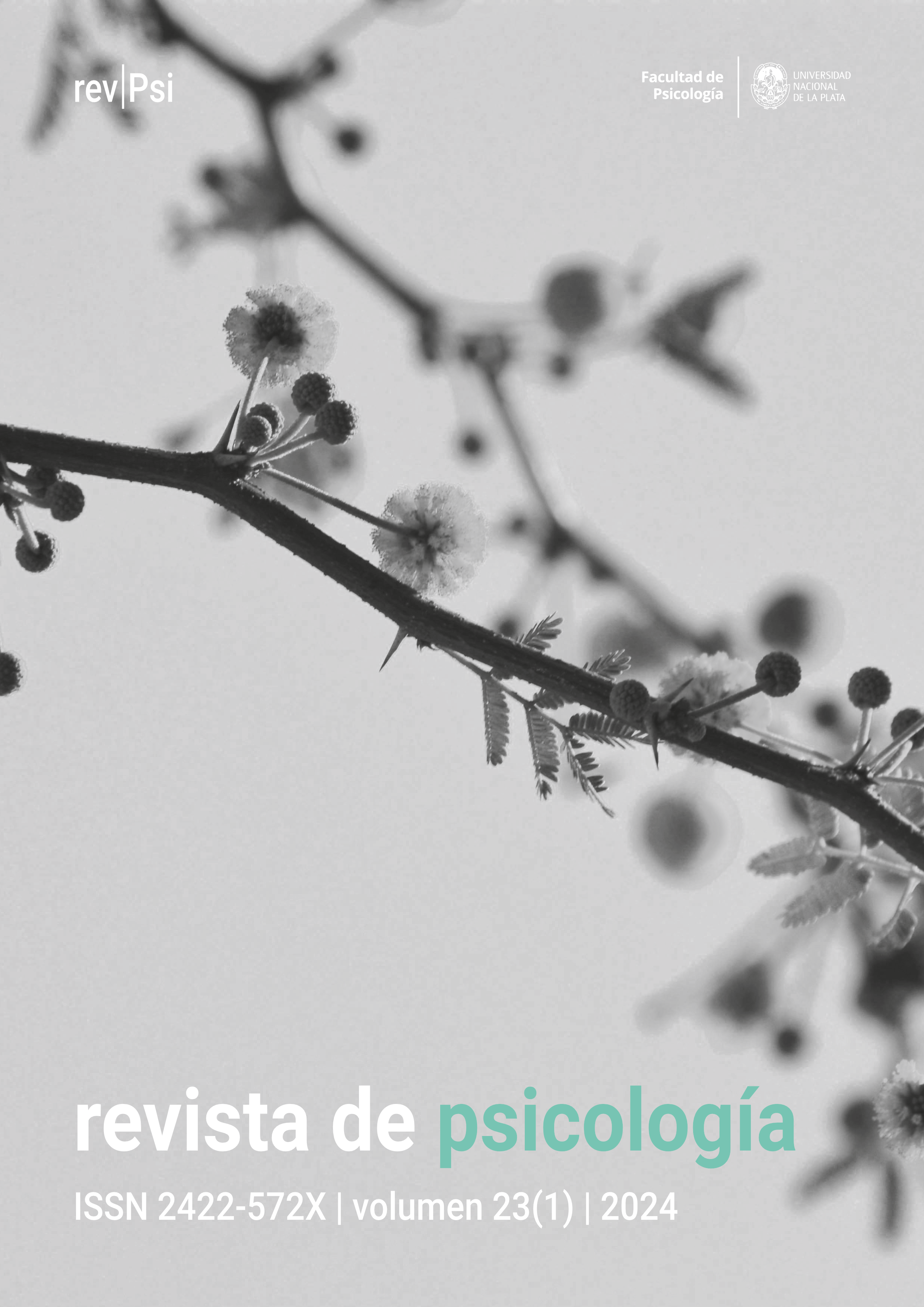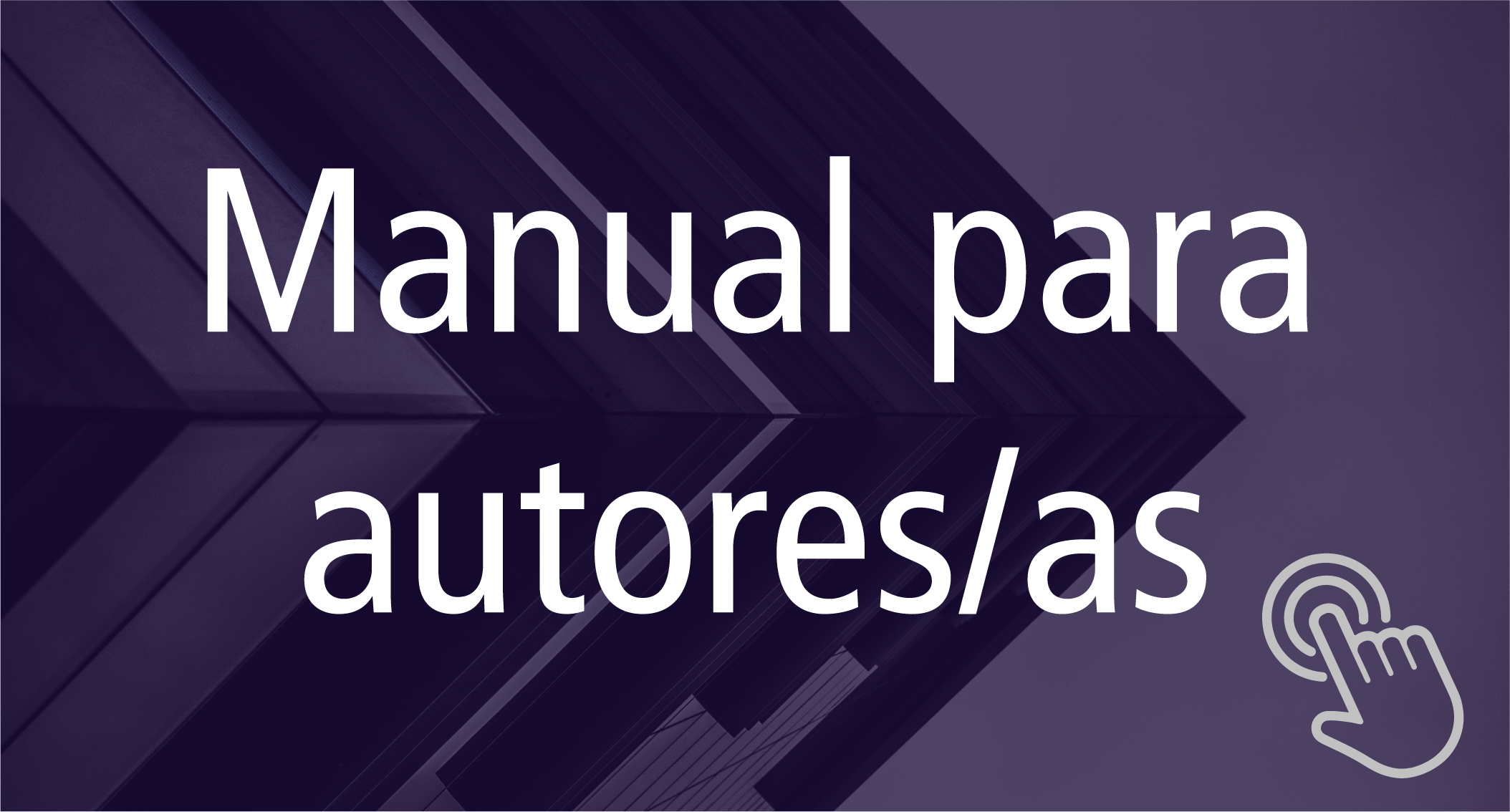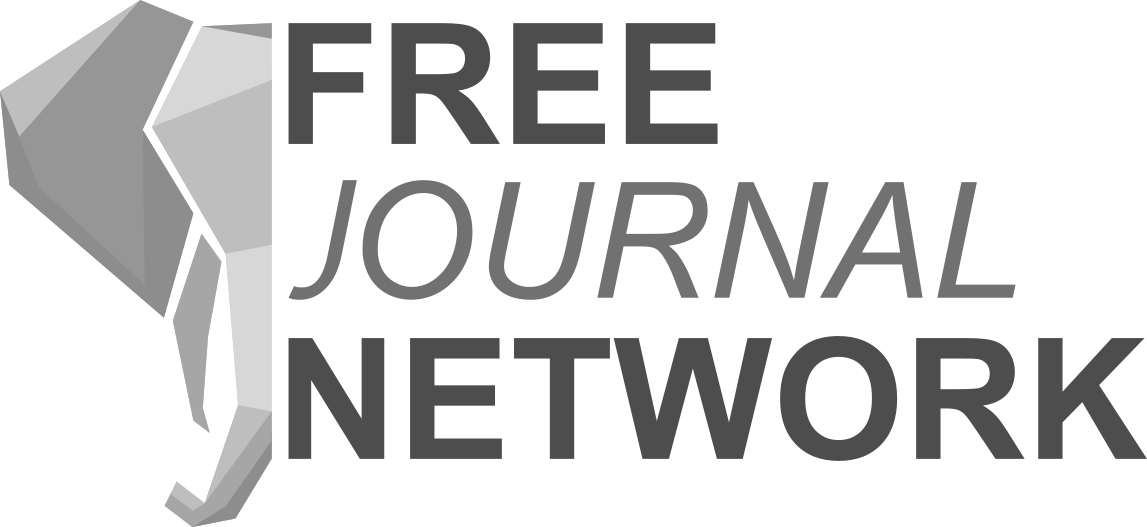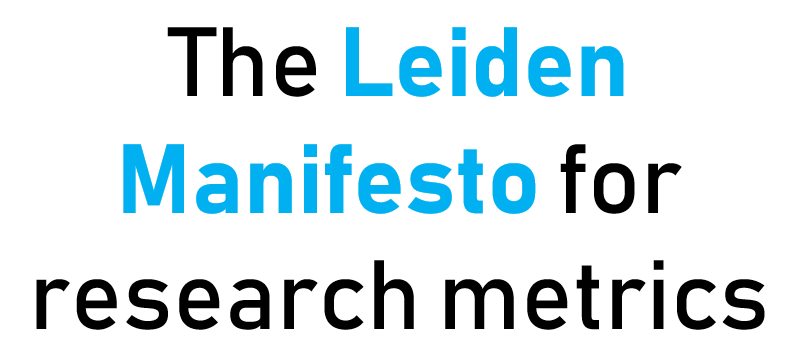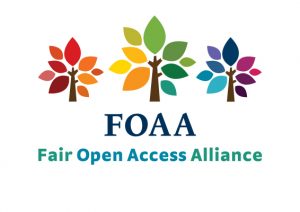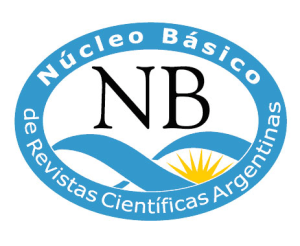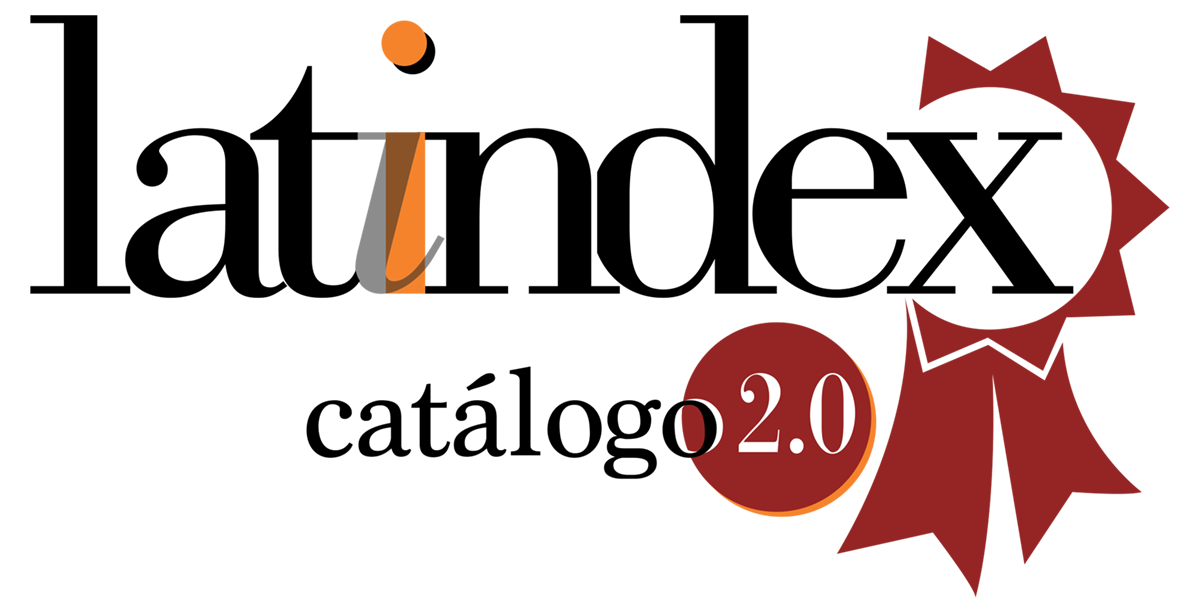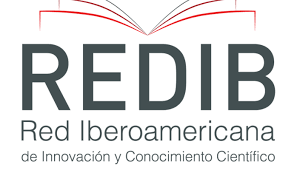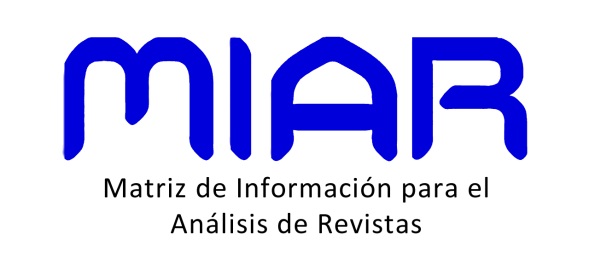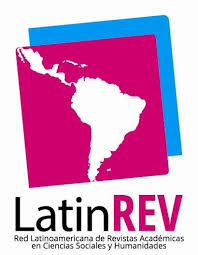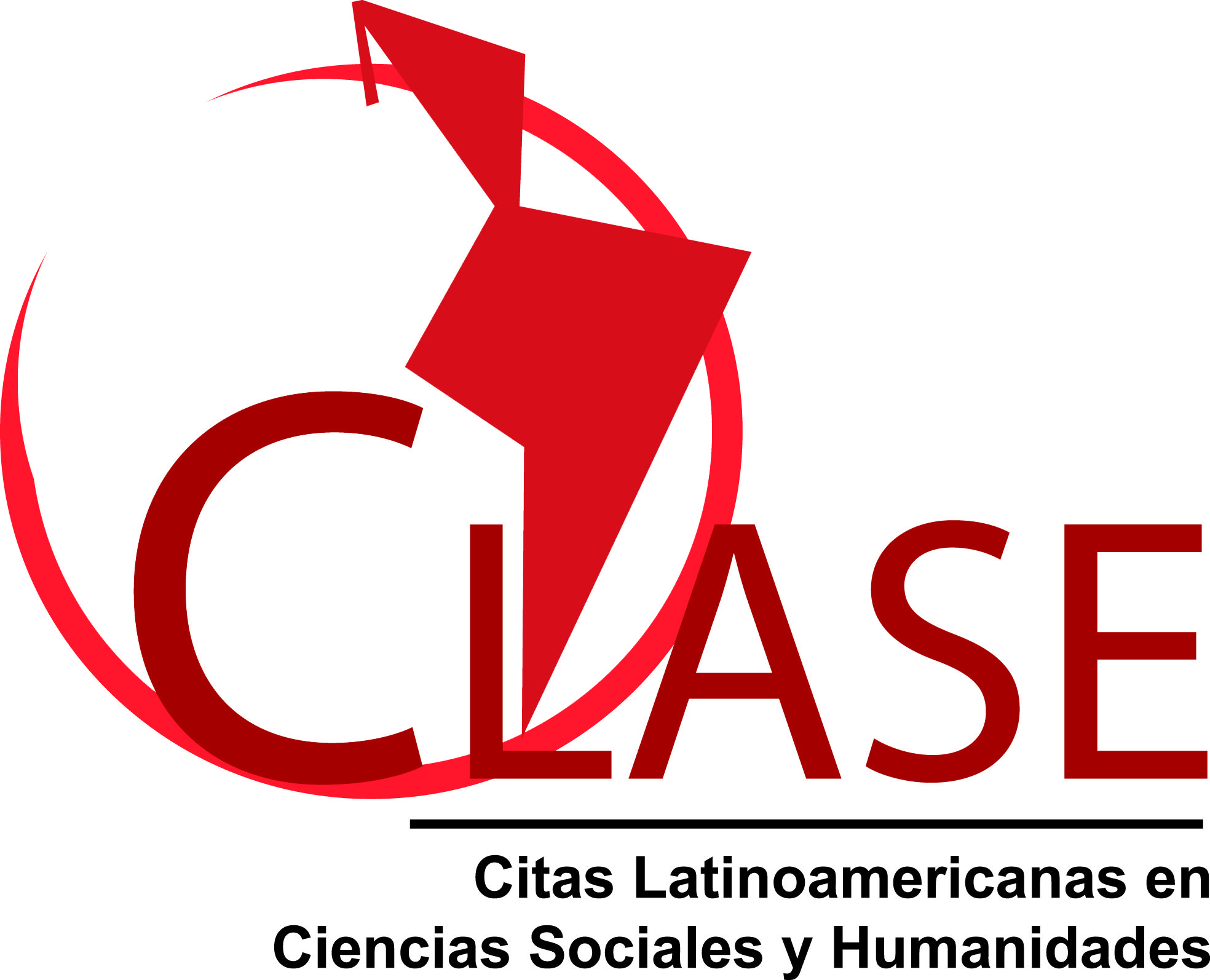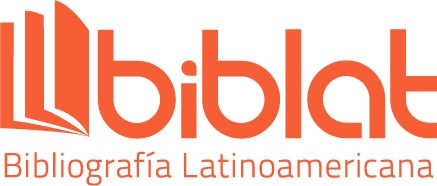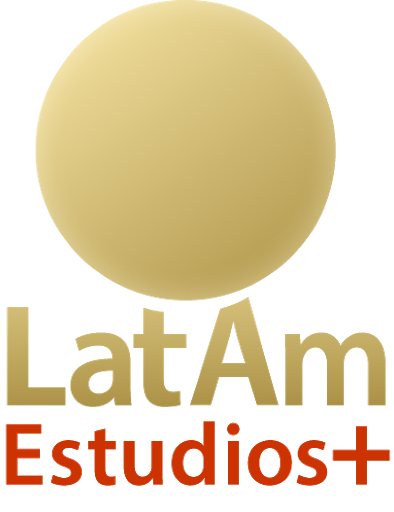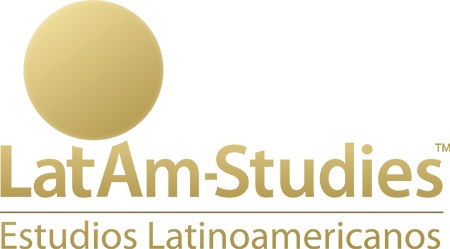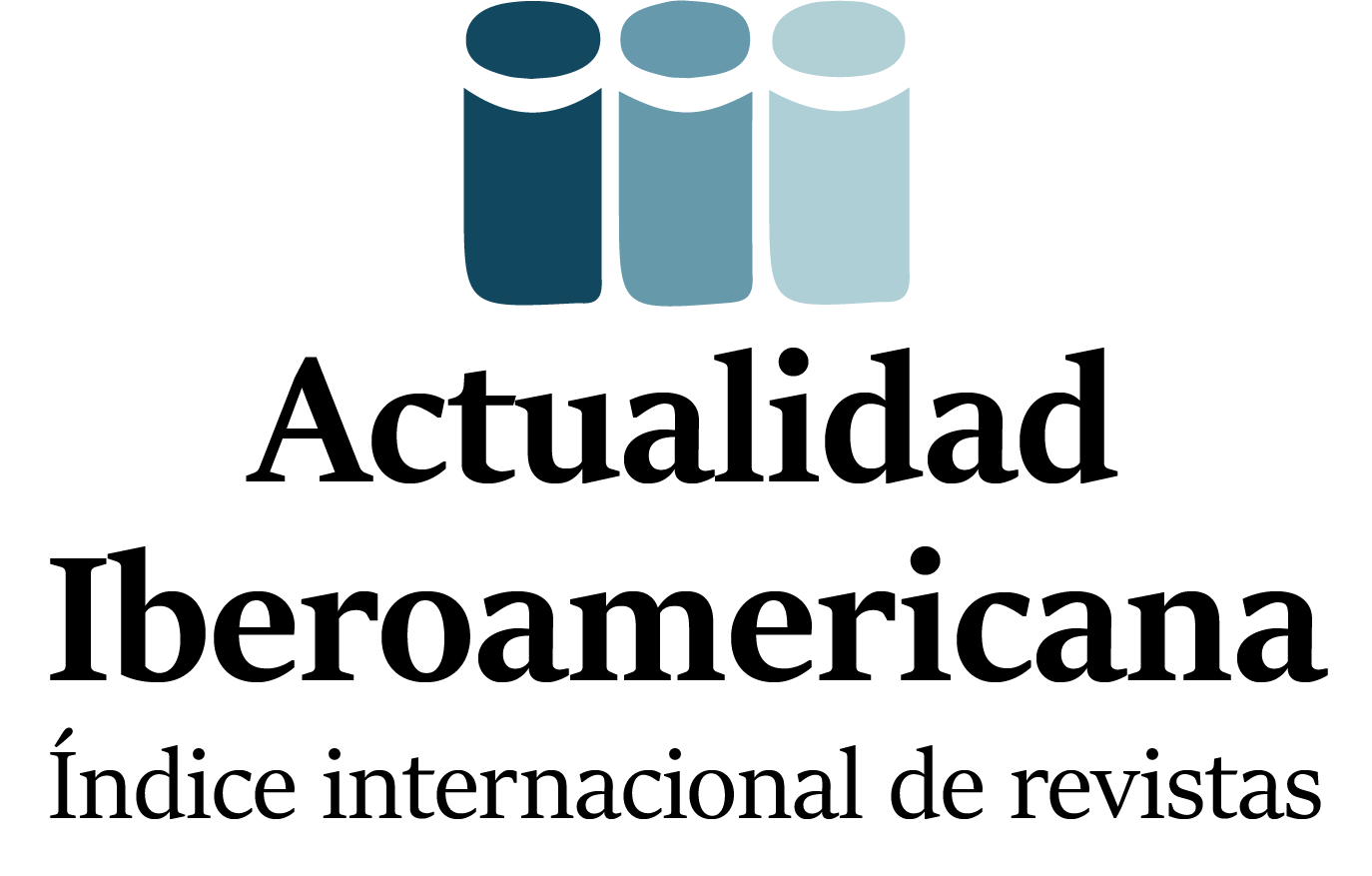Criatividade, improvisação e formação musical: uma revisão sistemática
DOI:
https://doi.org/10.24215/2422572Xe151Palavras-chave:
criatividade, treinamento musical, improvisação, músicos, plasticidade cerebralResumo
Criatividade é a interação entre habilidades, processos e meio ambiente para gerar produtos inovadores e úteis. A improvisação e o treinamento musicais estão associados a mudanças cerebrais e funcionais e podem influenciar as habilidades criativas. O objetivo deste estudo é realizar uma revisão bibliográfica descritiva qualitativa para avaliar se há diferença na criatividade entre músicos e não músicos, e entre músicos que improvisam e músicos que não e estabelecer, a partir disso, uma relação entre criatividade e improvisação musical. A busca resultou em 11 estudos: 7 avaliaram as diferenças na criatividade entre músicos e não músicos, encontrando diferenças principalmente na criatividade musical; e 4 compararam músicos que improvisam e aqueles que não improvisam, e a maioria encontrou diferenças na criatividade. Os resultados sugerem que a prática musical e a improvisação afetam a criatividade. A improvisação favoreceria a plasticidade e o desenvolvimento das funções executivas, que estão relacionadas ao desempenho criativo.
Downloads
Métricas
Referências
Assinnato, M. V. (2013). El concepto de mente en teorías sobre improvisación musical. Arte e Investigación, 15.
Aziz-Zadeh, L., Liew, S-L. y Dandekar, F. (2013). Exploring the neural correlates of visual creativity. Social Cognitive and Affective Neuroscience, 8(4), 475-480. https://doi.org/10.1093/scan/nss021
Barnett, S. M. y Ceci, S. J. (2002). When and where do we apply what we learn?: A taxonomy for far transfer. Psychological Bulletin, 128(4), 612-637. https://doi.org/10.1037/0033-2909.128.4.612
Barrett, K. C., Ashley, R., Strait, D. L. y Kraus, N. (2013). Art and science: How musical training shapes the brain. Frontiers in Psychology, 4, 713. https://doi.org/10.3389/fpsyg.2013.00713
Beaty, R. E. (2015). The neuroscience of musical improvisation. Neuroscience & Biobehavioral Reviews, 51, 108–117. https://doi.org/10.1016/j.neubiorev.2015.01.004
Benedek, M., Borovnjak, B., Neubauer, A. C. y Kruse-Weber, S. (2014). Creativity and personality in classical, jazz and folk musicians. Personality and Individual Differences, 63, 117–121. https://doi.org/10.1016/j.paid.2014.01.064
Bermudez, P., Lerch, J. P., Evans, A. C. y Zatorre, R. J. (2009). Neuroanatomical correlates of musicianship as revealed by cortical thickness and voxel-based morphometry. Cerebral Cortex, 19(7), 1583-1596. https://doi.org/10.1093/cercor/bhn196
Biasutti, M. (2015). Pedagogical applications of cognitive research on musical improvisation. Frontiers in Psychology, 6, 614. https://doi.org/10.3389/fpsyg.2015.00614
Burton, A., Morton, N. y Abbess, S. (1989). Mode of processing and hemisphere differences in the judgment of musical stimuli. British Journal of Psychology, 80(2), 169-180. https://doi.org/10.1111/j.2044-8295.1989.tb02311.x
Charyton, C. y Snelbecker, G. E. (2007). General, artistic and scientific creativity attributes of Engineering and Music students. Creativity Research Journal, 19(2-3), 213-225. https://doi.org/10.1080/10400410701397271
De Aquino, M. P. B., Verdejo-Román, J., Pérez-García, M. y Pérez-García, P. (2019). Different role of the supplementary motor area and the insula between musicians and non-musicians in a controlled musical creativity task. Scientific Reports, 9, 13006. https://doi.org/10.1038/s41598-019-49405-5
De Dreu, C. K. W., Nijstad, B. A., Baas, M., Wolsink, I. y Roskes, M. (2012). Working memory benefits creative insight, musical improvisation, and original ideation through maintained task-focused attention. Personality and Social Psychology Bulletin, 38(5), 656-669. https://doi.org/10.1177/0146167211435795
Diaz Abrahan, V. y Justel, N. (2019). Creatividad. Una revisión descriptiva sobre nuestra capacidad de invención e innovación. CES Psicología, 12(3), 35-49. https://doi.org/10.21615/cesp.12.3.3
D’Souza, A. A., Moradzadeh, L. y Wiseheart, M. (2018). Musical training, bilingualism, and executive function: Working memory and inhibitory control. Cognitive Research: Principles and Implications, 3, 11. https://doi.org/10.1186/s41235-018-0095-6
Eysenck, H. J. (1993). Creativity and personality: Suggestions for a theory. Psychological Inquiry, 4(3), 147–178. https://doi.org/10.1207/s15327965pli0403_1
Faber, S. E. M. y McIntosh, A. R. (2020). Toward a standard model of musical improvisation. European Journal of Neuroscience, 51(3), 840-849. https://doi.org/10.1111/ejn.14567
Feist, G. J. (1998). A meta-analysis of personality in scientific and artistic creativity. Personality and Social Psychology Review, 2(4), 290 –309. https://dx.doi.org/10.1207/s15327957pspr0204_5
Gaser, C. y Schlaug, G. (2003). Brain structures differ between musicians and non-musicians. Journal of Neuroscience, 23(27), 9240-9245. https://doi.org/10.1523/JNEUROSCI.23-27-09240.2003
Gibson, C., Folley, B. S. y Park, S. (2009). Enhanced divergent thinking and creativity in musicians: A behavioral and near-infrared spectroscopy study. Brain and Cognition, 69(1), 162-169. https://doi.org/10.1016/j.bandc.2008.07.009
Goncy, E. A. y Waehler, C. A. (2006). An empirical investigation of creativity and musical experience. Psychology of Music, 34(3), 307-321. https://doi.org/10.1177/0305735606064839
Guilford, J. P. (1959). Traits of creativity. En H. H. Anderson y M. S. Anderson (Eds.), Creativity and its cultivation, addresses presented at the Interdisciplinary Symposia on Creativity (pp. 142–161). Harper y Michigan State University.
Guirao-Goris, J. A., Olmedo Salas, Á. y Ferrer Ferrandis, E. (2008). El artículo de revisión. Revista Iberoamericana de Enfermería Comunitaria, 1(1), 1-25.
Hanna-Pladdy, B. y Gajewski, B. (2012). Recent and past musical activity predicts cognitive aging variability: Direct comparison with general lifestyle activities. Frontiers in Human Neuroscience, 6, 198. https://doi.org/10.3389/fnhum.2012.00198
Hanna-Pladdy, B. y MacKay, A. (2011). The relation between instrumental musical activity and cognitive aging. Neuropsychology, 25(3), 378-386. https://doi.org/10.1037/a0021895
Johnson-Laird, P. N. (2002). How jazz musicians improvise. Music Perception, 19(3), 415-442. https://doi.org/10.1525/mp.2002.19.3.415
Justel, N. y Diaz Abrahan, V. (2012). Plasticidad cerebral: participación del entrenamiento musical. Suma Psicológica, 19(2), 97-108.
Kenny, B. J., y Gellrich, M. (2002). Improvisation. In R. Parncutt y G. E. McPherson (Eds.), The science and psychology of music performance: Creative strategies for teaching and learning (pp. 117–134). Oxford University Press.
Kleinmintz, O. M., Goldstein, P., Mayseless, N., Abecasis, D. y Shamay-Tsoory, S. G. (2014). Expertise in musical improvisation and creativity: The mediation of idea evaluation. PloS ONE 9(7), e101568. https://doi.org/10.1371/journal.pone.0101568
Kowatari, Y., Lee, S. H., Yamamura, H., Nagamori, Y, Levy, P., Yamane, S. y Yamamoto, M. (2009). Neural networks involved in artistic creativity. Human Brain Mapping, 30, 1678–1690. https://doi.org/10.1002/hbm.20633
Loui, P., Przysinda, E., Aklaff, P., Maves, K., Arkin, C. y Zeng, T. (2016). Jazz Improvisation as a model of the creative process: Heightened perceptual awareness and sensitivity. Proceedings of the 14th International Conference on Music Perception and Cognition (pp. 175–179). ICMPC14.
McCrae, R. R. y Costa, P. T. (1987). Validation of the five-factor model of personality across instruments and observers. Journal of Personality and Social Psychology, 52(1), 81–90. https://dx.doi.org/10.1037/0022-3514.52.1.81
McPherson, M. y Limb, C. J. (2013). Difficulties in the neuroscience of creativity: Jazz improvisation and the scientific method. Annals of the New York Academy of Sciences, 1303(1), 80-83. https://doi.org/10.1111/nyas.12174
Palmiero, M., Guariglia, P., Crivello, R. y Piccardi, L. (2020). The relationships between musical expertise and divergent thinking. Acta Psychologica, 203, 102990. https://doi.org/10.1016/j.actpsy.2019.102990
Pantev, C., Oostenveld, R., Engelien, A., Ross, B., Roberts, L. E. y Hoke, M. (1998). Increased auditory cortical representation in musicians. Nature, 392, 811–814. https://doi.org/10.1038/33918
Parbery-Clark, A., Skoe, E., Lam, C. y Kraus, N. (2009). Musician enhancement for speech-in-noise. Ear and Hearing, 30(6), 653–661. https://doi.org/10.1097/AUD.0b013e3181b412e9
Plucker, J. A., Beghetto, R. A. y Dow, G. T. (2004). Why isn’t creativity more important to educational psychologists? Potentials, pitfalls, and future directions in creativity research. Educational Psychologist, 39(2), 83–96. https://doi.org/10.1207/s15326985ep3902_1
Pressing, J. (1988). Improvisation: Methods and models. En J. A. Sloboda (Ed.), Generative processes in music: The psychology of performance, improvisation, and composition (pp. 129–178). Clarendon Press.
Przysinda, E., Zeng, T., Maves, K., Arkin, C. y Loui, P. (2017). Jazz musicians reveal the role of expectancy in human creativity. Brain and Cognition, 119, 45-53. https://doi.org/10.1016/j.bandc.2017.09.008
Puryear, J. S., Kettler, T. y Rinn, A. N. (2017). Relationships of personality to differential conceptions of creativity: A systematic review. Psychology of Aesthetics, Creativity, and the Arts, 11(1), 59–68. https://doi.org/10.1037/aca0000079
Runco, M. A. y Jaeger, G. J. (2012). The standard definition of creativity. Creativity Research Journal, 24(1), 92–96. https://doi.org/10.1080/10400419.2012.650092
Schellenberg, E. G. (2006). Long-term positive associations between music lessons and IQ. Journal of Educational Psychology, 98(2), 457-468. https://doi.org/10.1037/0022-0663.98.2.457
Slevc, L. R., Davey, N. S., Buschkuehl, M. y Jaeggi, S. M. (2016). Tuning the mind: Exploring the connections between musical ability and executive functions. Cognition, 152, 199-211. https://doi.org/10.1016/j.cognition.2016.03.017
Soria-Urios, G., Duque, P., y García-Moreno, J. M. (2011). Música y cerebro (II): evidencias cerebrales del entrenamiento musical. Neurología, 53(12), 739-746.
Sovansky, E. E., Wieth, M. B., Francis, A. P. y McIlhagga, S. D. (2016). Not all musicians are creative: Creativity requires more than simply playing music. Psychology of Music, 44(1), 25-36. https://doi.org/10.1177/0305735614551088
Stein, M. I. (1953). Creativity and culture. The Journal of Psychology, 36(2), 311-322. https://doi.org/10.1080/00223980.1953.9712897
Suárez, L., Elangovan, S. y Au, A. (2016). Cross‐sectional study on the relationship between music training and working memory in adults. Australian Journal of Psychology, 68(1), 38-46. https://doi.org/10.1111/ajpy.12087
Talamini, F., Altoè, G., Carretti, B. y Grassi, M. (2017). Musicians have better memory than nonmusicians: A meta-analysis. PloS ONE, 12(10), e0186773. https://doi.org/10.1371/journal.pone.0186773
Tervaniemi, M., Just, V., Koelsch, S., Widmann, A. y Schröger, E. (2005). Pitch discrimination accuracy in musicians vs nonmusicians: An event-related potential and behavioral study. Experimental Brain Research, 161, 1-10. https://doi.org/10.1007/s00221-004-2044-5
Torrance, E. P. (1965). Scientific views of creativity and factors affecting its growth. Daedalus, 94(3), 663-681.
Wechsler, D. (1999). Wechsler Abbreviated Scale of Intelligence Manual. The Psychological Corporation.
Woodward, J. y Sikes, P. L. (2015). The creative thinking ability of musicians and nonmusicians. Psychology of Aesthetics, Creativity, and the Arts, 9(1), 75-80. https://doi.org/10.1037/a0038177
Zuk, J., Benjamin, C., Kenyon, A. y Gaab, N. (2014). Behavioral and neural correlates of executive functioning in musicians and non-musicians. PloS ONE, 9(6), e99868. https://doi.org/10.1371/journal.pone.0099868
Downloads
Arquivos adicionais
Publicado
Como Citar
Edição
Seção
Licença
Copyright (c) 2022 Julieta Moltrasio, Ignacio Deidda, Wanda Rubinstein

Este trabalho está licenciado sob uma licença Creative Commons Attribution 4.0 International License.

Os autores que publicam neste periódico aceitam as seguintes condições:
- Autores mantém os direitos autorais e atribuir o direito de primeira publicação para a revista, com a obra registrada sob uma Licença de atribuição Creative Commons (CC-BY) , que permite que terceiros usem o que é publicado sempre que mencionarem a autoria do trabalho e a primeira publicação desta revista.
- Os autores podem fazer outros acordos contratuais independentes e adicionais para a distribuição não-exclusiva do artigo publicado na revista ESTA (por exemplo, incluí-lo em um repositório institucional ou publicá-lo em um livro), enquanto eles indicou claramente que o trabalho foi publicado pela primeira vez nesta revista.
- Autores são permitidos e encorajados a publicar seus trabalhos na Internet (por exemplo, em páginas institucionais ou individuais) antes e durante o processo de revisão e publicação, pois pode gerar alterações produtivas e maior e mais rápida difusão do trabalho publicado (ver The Effect of Open Access).

